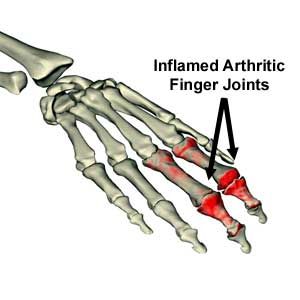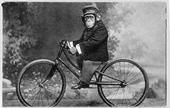If you’re looking for a simple way to exercise, why not try walking?
July 20, 2010 | In: Sport Facts

You don’t need great athletic skill, expensive sports equipment or a fitness club membership to exercise. If you’re looking for a simple way to exercise, why not try walking?
Walking is one of the safest and lowest cost exercises around. It can improve your health, give you energy and simply make you feel better.
Research studies have shown that regular brisk walking can substantially reduce a person’s chances of dying of heart disease and cancer. Walking can also help control weight, blood pressure and blood sugar and, when combined with adequate calcium intake, can help strengthen bones and reduce the risk of fractures. If these benefits aren’t enough, people who walk regularly also report experiencing an increased feeling of well being and better sleep almost immediately.
Exercise is vital for people of all ages. Some older adults may be fearful that the increased heart rates and movement accompanying exercise could lead to a heart attack or broken bones. However, most of those age 50 and over can walk safely if they begin a gradual and sensible program.
When beginning a new walking program, you should start gradually and move at your own pace. A good guide to the proper pace is the talk test. While walking, you should be able to carry on a normal conversation. If you are unable to do so, slow down the pace. Try to walk a little further or longer each day until you can walk briskly for at least 20 minutes. The amount of benefit you get from walking depends much more on the amount of time you walk than upon your pace.
For safe walking, warm-up and cool-down periods are needed. The body should be prepared for physical activity by stretching or walking slowly for approximately 10 minutes. After walking briskly, the body needs a chance to cool down to return to the resting state. You can slow the pace of the walk toward the end or do some stretching exercises when you are finished.
Be aware of signs of overexertion. These include any of the following: labored breathing, excessive sweating, irregular or falling heartbeat, blueness in the lips or fingers, chest pains, dizziness, nausea or lack of coordination.
To get started on your walking program, first map out a route that is both interesting and fits your goals for distance or time. Be sure you have comfortable shoes that fit well and give your feet good support. Drink water before you walk, during your walk on hot days, and when you finish.
Walking can also be more fun with company. If possible, try to find a friend to walk with, or even consider joining a mall-walking club. Lopez recommends keeping a written log of how far and how long you walk each day and rewarding yourself when you reach new goals.




